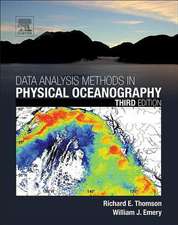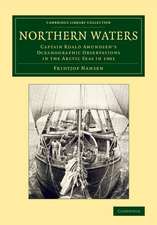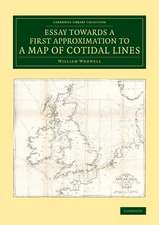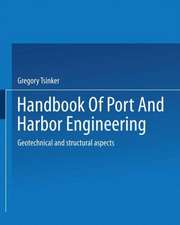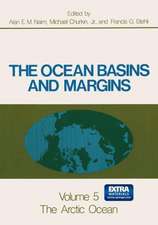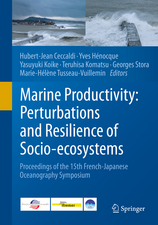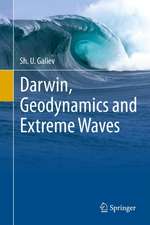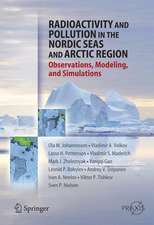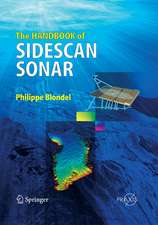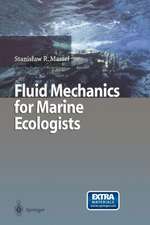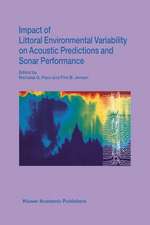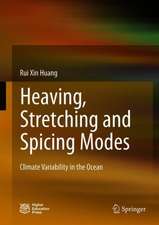P-Vector Inverse Method
Autor Peter C. Chuen Limba Engleză Hardback – 29 aug 2006
| Toate formatele și edițiile | Preț | Express |
|---|---|---|
| Paperback (1) | 656.25 lei 6-8 săpt. | |
| Springer Berlin, Heidelberg – 24 sep 2014 | 656.25 lei 6-8 săpt. | |
| Hardback (1) | 662.80 lei 6-8 săpt. | |
| Springer Berlin, Heidelberg – 29 aug 2006 | 662.80 lei 6-8 săpt. |
Preț: 662.80 lei
Preț vechi: 779.77 lei
-15% Nou
Puncte Express: 994
Preț estimativ în valută:
126.82€ • 132.42$ • 104.96£
126.82€ • 132.42$ • 104.96£
Carte tipărită la comandă
Livrare economică 04-18 aprilie
Preluare comenzi: 021 569.72.76
Specificații
ISBN-13: 9783540333845
ISBN-10: 3540333843
Pagini: 620
Ilustrații: XIV, 605 p.
Dimensiuni: 155 x 235 x 42 mm
Greutate: 1.04 kg
Ediția:2006
Editura: Springer Berlin, Heidelberg
Colecția Springer
Locul publicării:Berlin, Heidelberg, Germany
ISBN-10: 3540333843
Pagini: 620
Ilustrații: XIV, 605 p.
Dimensiuni: 155 x 235 x 42 mm
Greutate: 1.04 kg
Ediția:2006
Editura: Springer Berlin, Heidelberg
Colecția Springer
Locul publicării:Berlin, Heidelberg, Germany
Public țintă
ResearchCuprins
Analysis of Observational (T,S) Profiles.- Establishment of Gridded (T,S) Fields.- Coordinate Systems.- P-Vector.- Determination of Speed Parameter.- Variational P-Vector Method.- Determination of Volume Transport Stream Function.- C-Vector for Identifying Oceanic Secondary Circulations.- Datasets.- Inverted Circulations in the Pacific Basin.- Inverted Circulations in the Atlantic Basin.- Inverted Circulations for the Southern Ocean.- Inverted Circulations in the Arctic Mediterranean Seas.- Applications to Data Assimilation.- Applications in Numerical Modeling and Simulation.
Caracteristici
Simple and efficient description of the topic

